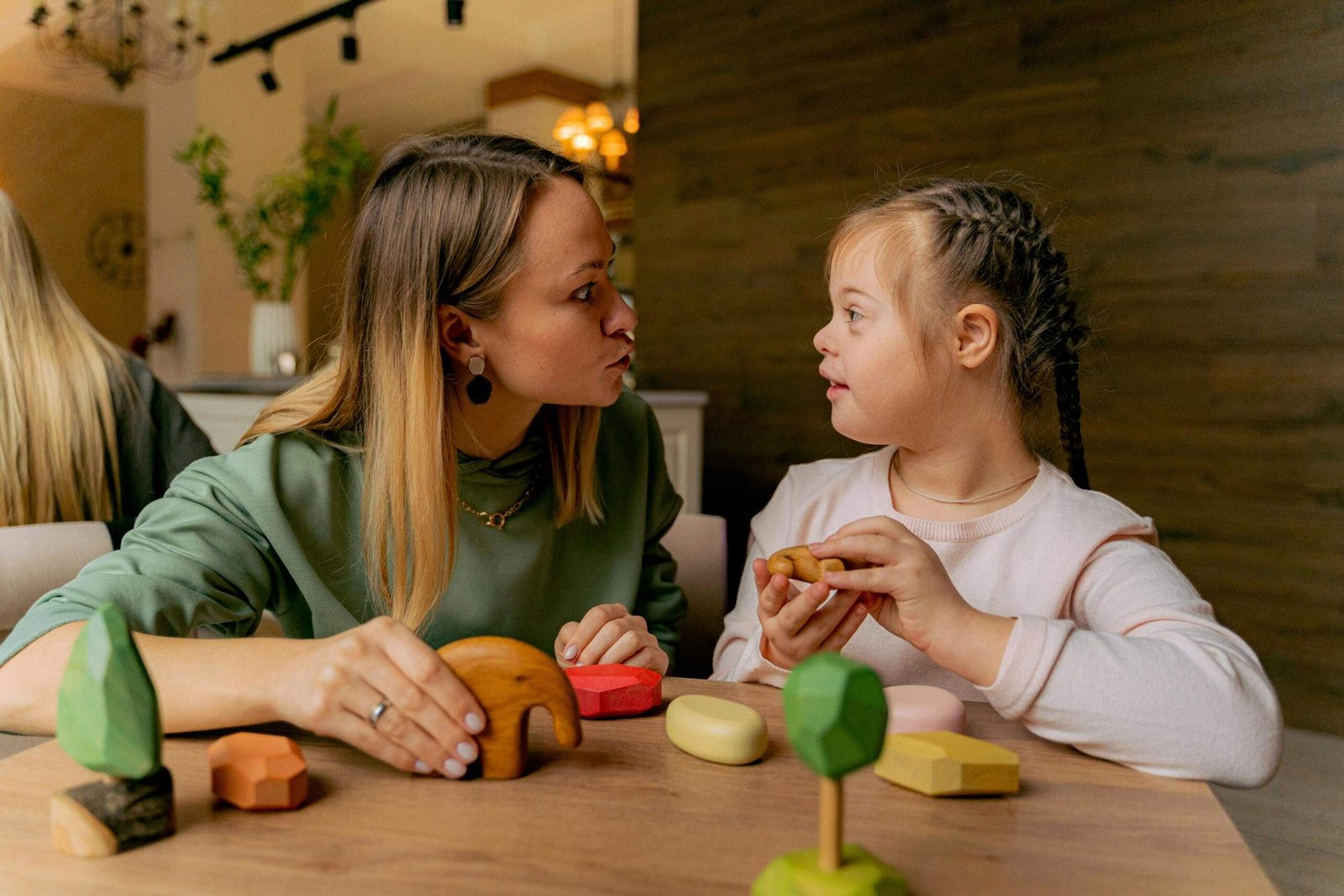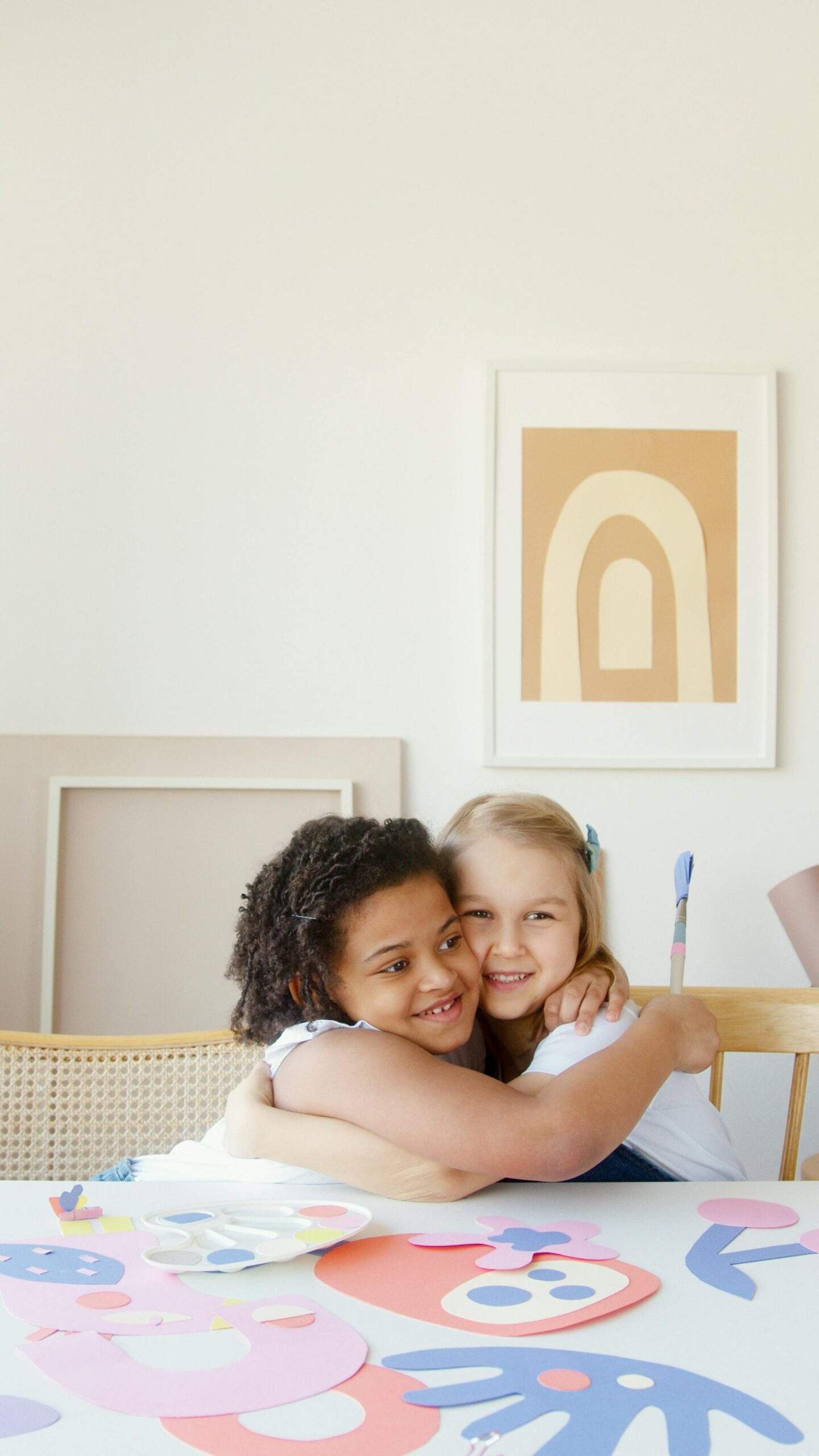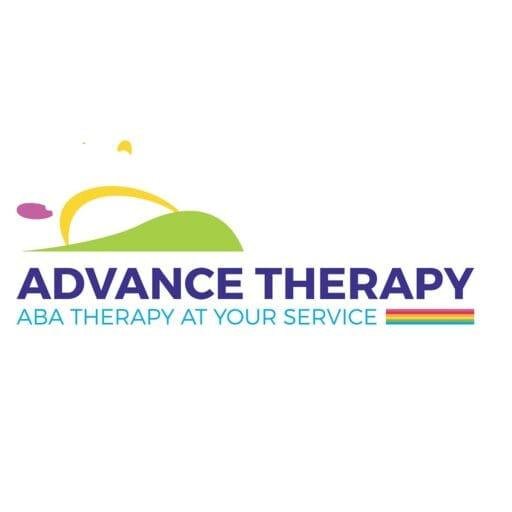
Introduction
Applied Behavior Analysis (ABA) has long been esteemed as a structured, evidence-driven approach to supporting children with autism. But what if you could retain its effectiveness while turning therapy into something not only educational—but genuinely fun? Enter play-based strategies—a powerful method that aligns ABA principles with a child’s natural inclination to play, boosting engagement, generalization, and skill development.
Why Play Works in ABA

Increases Motivation & Engagement
Play intertwines learning with enjoyment, making therapeutic tasks feel less like drills and more like fun. Children are naturally drawn to play, which enhances attention and motivation during sessionsSupports Social & Communication Skills
Activities like pretend play, turn-taking games, and structured group interaction promote meaningful improvements in communication, sharing, and cooperationPromotes Naturalistic Learning & Generalization
Embedding teaching moments into play—even spontaneous ones—helps children apply learned skills across varied environments and routines (Natural Environment Teaching, or NET; incidental teaching)Reduces Behavioral Friction
Play-based interventions are inherently reinforcing. Engaging, game-like tasks often see fewer behavioral challenges than traditional repetitive exercises
Types of Play-Based Strategies in Practice)
Structured Play
Involves activities with specific goals and expected outcomes
Examples: puzzles, sorting games, imitation drills, memory games
Helps reinforce ABA learning objectives in a controlled format
Functional (Pretend) Play
Mimics real-life situations like cooking, shopping, or doctor visits
Enhances role-playing and functional communication skills
Great for teaching daily living skills in a playful setting
Social Play
Focuses on group-based or peer-to-peer interaction
Encourages turn-taking, sharing, collaboration, and emotional regulation
Essential for developing social communication and friendship skills
Free Play with Guidance
Child-led exploration with therapist or caregiver gently guiding
Builds creativity, confidence, and decision-making
Ideal for encouraging independence while still promoting learning goals

This multidisciplinary approach ensures each child receives tailored, evidence-based care while maintaining open communication with families and continual professional development among staff.
Why it complements ABA:
Improved physical coordination often leads to better focus and participation in ABA tasks. PT also supports muscle tone and posture, which are essential for activities like writing or sitting for longer periods.
5. Art Therapy
Art therapy offers a creative outlet for self-expression and emotional healing, especially for children who struggle with verbal communication
Why it complements ABA:
Children can explore emotions and ideas through drawing or painting, providing insight into internal experiences that might not be expressed in structured ABA sessions. It also promotes relaxation and self-esteem.
Conclusion
While ABA remains the cornerstone of many autism intervention programs, integrating other therapies can enhance your child’s growth and well-being. From improving emotional resilience to enhancing communication and physical abilities, a well-rounded therapy plan can unlock new pathways to progress.
At AdTherapy, we’re committed to helping families explore supportive, research-based interventions. If you’re curious about expanding your child’s therapy plan beyond ABA, we’d love to talk. Together, we can build a brighter, more balanced future for your child.
